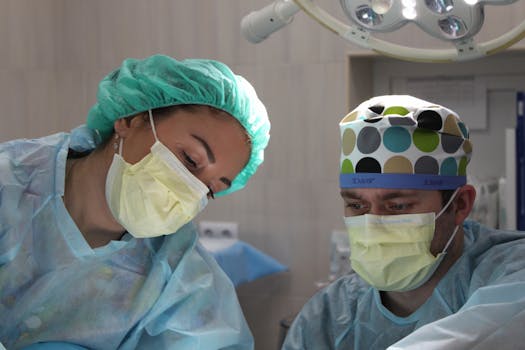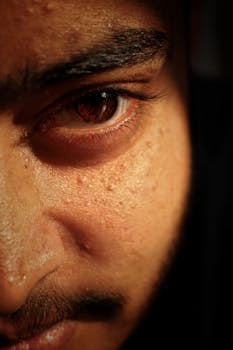Many people notice fine vertical creases around the mouth as they age, and cosmetic treatments such as lip fillers for lip lines are a common option to soften those lines. This article explains what to expect from filler treatments targeting perioral creases, contrasts benefits and risks, and outlines typical downtime so you can make an informed decision. We cover types of products, who is a good candidate, recovery tips, and alternatives that preserve natural movement and expression.
Lip fillers to treat lip lines: types and goals
Treating smoker lines or perioral wrinkles often involves hyaluronic acid (HA) fillers placed superficially along the vermilion border and upper lip line. Practitioners may use an upper lip line filler specifically formulated for fine lines, which tends to be thinner and more spreadable than volumizing lip plumping products. The goal is to smooth the transitions between lip and skin and reduce shadowing that makes lines more noticeable, while avoiding an overfilled or stiff appearance.
Benefits: what fillers can do for lines around the mouth
- Smooth vertical creases and soften the appearance of perioral grooves.
- Restore a youthful contour to the lip border and slightly improve symmetry.
- Provide subtle, immediate results with minimal downtime compared with surgery.
- Hyaluronic acid fillers are reversible with hyaluronidase if an adjustment is needed.
Risks and side effects to consider
Like any injectable, fillers carry potential risks. Common, short-term effects include swelling, bruising, redness, tenderness, and mild lumpiness. Less common but more serious complications are vascular occlusion (when filler blocks blood flow), infection, persistent nodules, or allergic reactions. Choosing an experienced injector who understands facial anatomy dramatically reduces these risks.
Procedure overview and what to expect
Treatments typically take 15–45 minutes. After consultation and topical numbing, the clinician injects small amounts of HA into targeted linear defects. Techniques include serial puncture, microdroplet, or a microcannula approach to minimize trauma and bruising. Results are usually visible immediately, but final smoothing is seen after swelling resolves in 1–2 weeks.
Downtime and recovery
Most people experience minimal downtime. Expect some swelling and possible bruising for a few days; cold compresses and avoiding strenuous activity for 24–48 hours help. Avoid heavy lip rubbing, dental procedures, and prolonged sun or heat exposure for the first week. If you use blood-thinning medications or supplements, discuss adjustments with your provider beforehand to reduce bruising risk.
Choosing the right product and practitioner
Not all fillers are created equal. Thin, low-viscosity HA products are preferred for surface lines, whereas thicker gels are reserved for volume. Ask about the specific product brand and how it behaves in dynamic areas like the mouth. Look for a licensed medical professional with experience in perioral anatomy and ask to see before-and-after photos of similar procedures.
Consider combining fillers with conservative adjuncts like topical retinoids, chemical exfoliation, or targeted skin-care routines to improve skin texture and collagen production. If sustainable skincare is important to you, read more about practices and products that support skin health at descriptive anchor text.
Alternatives and combination approaches
For shallow lines, energy-based treatments (laser resurfacing, microneedling with radiofrequency) or superficial peels can stimulate collagen and reduce creasing without adding volume. Some clinicians combine subtle filler placement with resurfacing to both fill and improve skin quality. If you’re concerned about dynamic movement, conservative filler placement that respects muscle function is key; discuss concerns about a “frozen” look with your provider.
For more general background on the types and mechanisms of injectables, a reliable primer is available at the Dermal filler overview: https://en.wikipedia.org/wiki/Dermal_filler.
- Takeaways:
- Fillers can effectively soften lip lines with immediate results and minimal downtime.
- Select a thin HA product and an experienced injector to reduce complications.
- Expect mild swelling/bruising for a few days; results settle in 1–2 weeks.
How long do fillers for lip lines typically last?
Duration varies by product and individual metabolism; most hyaluronic acid fillers used for fine lines last 6–12 months. Thinner gels may wear faster, and repeat maintenance treatments are common to sustain results.
Is the procedure painful and will it affect lip movement?
Most clinicians use topical or local numbing so discomfort is minimal. When performed conservatively, fillers should not significantly impair natural lip movement. Communicate your priorities to your provider to focus on a natural, functional outcome.






